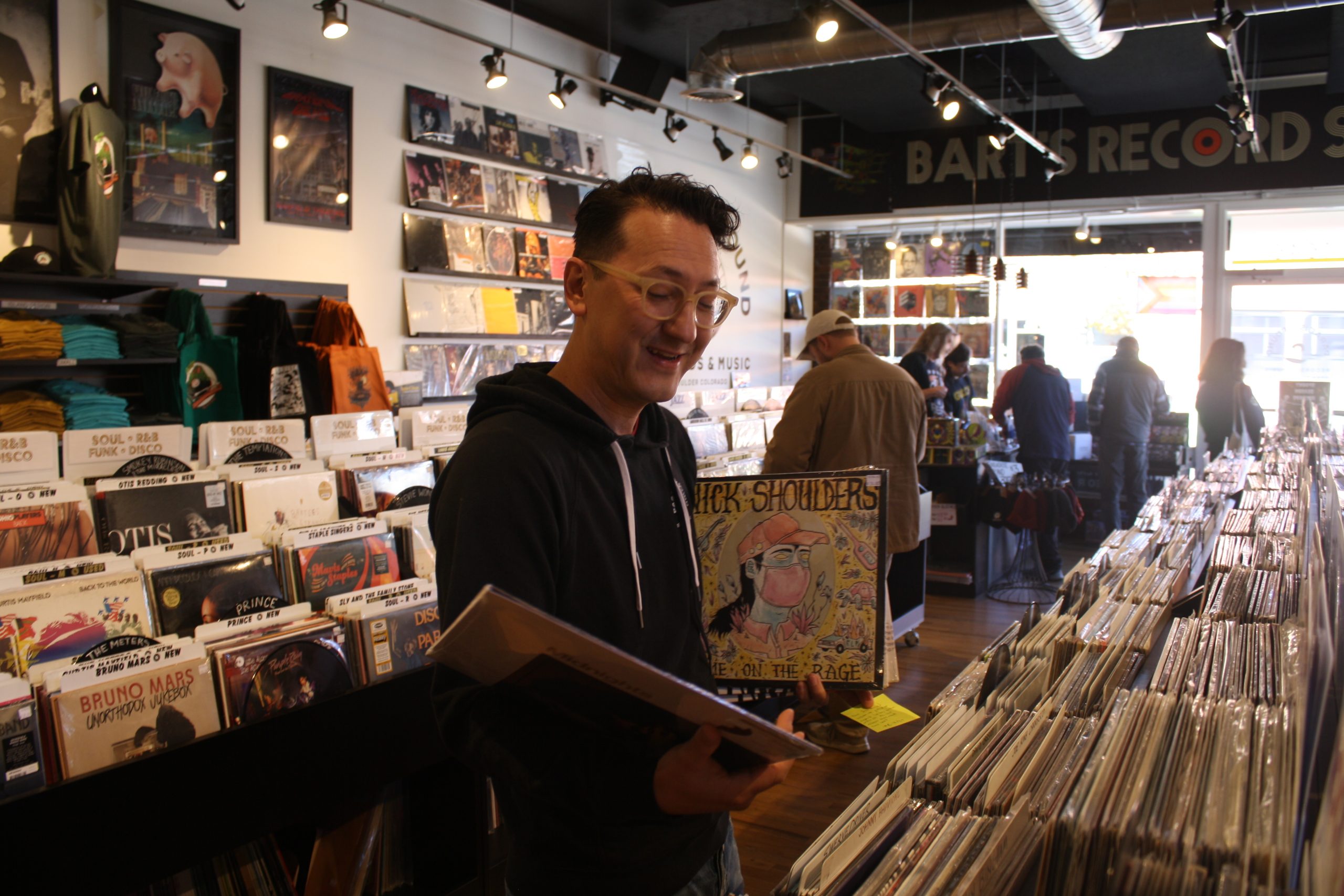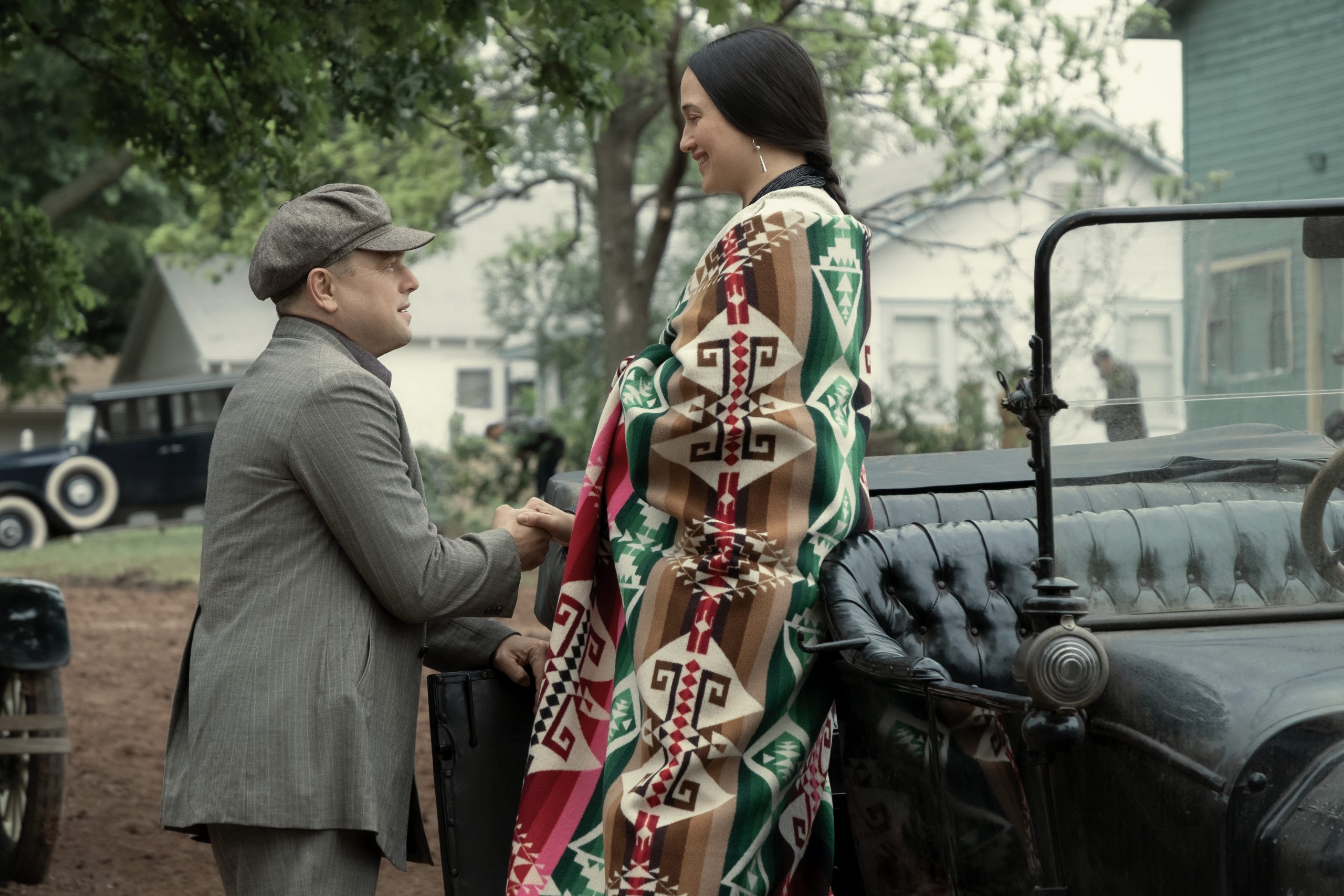
They always say write the book that you want to read,” Brad Weismann says. “I was looking for a reference book that covered the whole history of the horror film, and I found that there wasn’t one. … I thought: Well, there’s a need there. I should probably try to see if I can fill it.”
And fill it he did. Lost in the Dark: A World History of Horror Film is the accumulation of four years of work and hundreds and hundreds of movies watched, “good, bad and indifferent.”
“There are certain films that are highlighted as being exemplary of a particular period or a particular style,” Weismann says, “But [Lost in the Dark] is not encyclopedic in the sense that it’s 800 pages long or covers every film in-depth.”
Instead, Weismann focused on larger themes: iconic performers (Lon Chaney), studios (Universal monster movies) and historical periods (Hammer horror, Italian giallo, etc.), and then built outward to establish common trends.
“It does seem that every time society is in turmoil, the number of horror films clicks upward,” Weismann says, pointing to Spanish horror made during the reign of Francisco Franco. At the time, movies were heavily censored, and anything critical of the fascist government was a no-no. So filmmakers set their stories in Germany or France and left it to the audience to connect the dots.
“The zeitgeist of that time squeaks out thanks to the use of the horror film,” Weismann says, adding that victims in these movies are often “the ones who smoke pot and have sex. Kind of like what happened with American films in the ’80s. … You transgress the cultural norm, and immediately you’re food for monsters.”
Digging through horror’s history is a way to peer into the psychology of the time, even how we view the acts of today. As Weismann points out, when insurgents attacked the U.S. Capitol on Jan. 6, the images we saw resembled The Purge movies with shocking similarities. How did we get here? Horror has a few ideas.

If horror’s not your cup of tea, then Ira Wells’ 400-page portrait Norman Jewison: A Director’s Life is the book for you.
Chances are when you think of the films and filmmakers of the New Hollywood Cinema, Jewison is not the name that comes to mind first. But, as Wells points out, Jewison’s career of socially conscious films (In the Heat of the Night, A Soldier’s Story, The Hurricane) and crowd-pleasing hits (Fiddler on the Roof, Jesus Christ Superstar, Moonstruck) is ripe for reevaluation. Yes, the movies hold up, but the biggest takeaway is Jewison himself, his approach to filmmaking, and his ability to work with big names and bigger budgets without losing sight of his vision. It’s about who has the juice, Steve McQueen told Jewison. Sometimes Jewison had the juice, and sometimes he didn’t. But when he did, nothing could stop him.
Free from gossip and thoroughly researched, Norman Jewison: A Director’s Life is academia that reads like a novel. It’s great.



